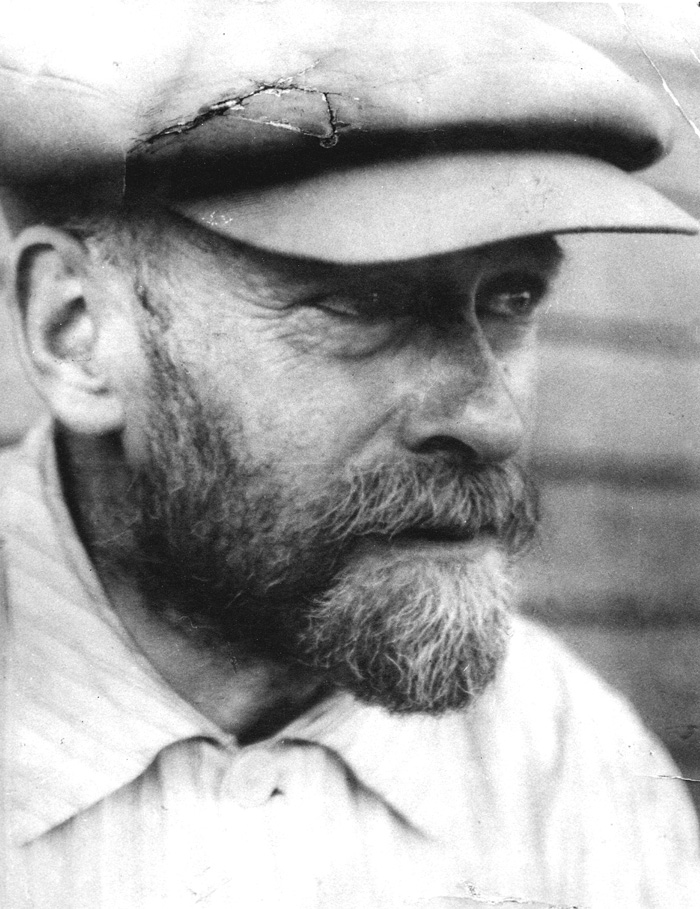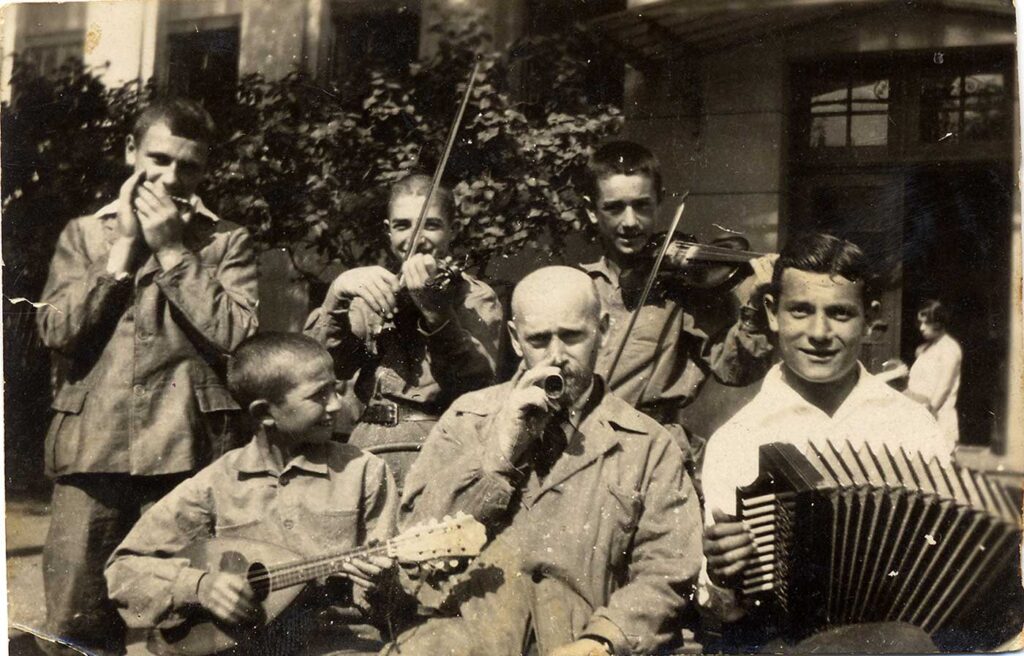
Janusz Korczak,
the pen name of Henryk Goldszmit (July 22, 1878 – August 1942) was a Polish-Jewish author, pediatrician, and pedagogue.
Korczak was born in Warsaw to an assimilated Jewish family. Korczak’s father, a prominent lawyer, died in 1896, leaving the family without a source of income. Over the next few years, Korczak was the sole breadwinner for his mother, sister, and grandmother.In 1898 he used Janusz Korczak as a writing pseudonym in a literary contest. (The name originated from the book Janasz Korczak and the Pretty Swordsweeperlady by Polish writer Józef Ignacy Kraszewski.) In the years 1898–1904 Korczak studied medicine at the University of Warsaw and also wrote for several Polish newspapers. After his graduation he became a pediatrician and worked at the Children’s Hospital. During the Russo-Japanese War in 1905–1906 he served as a military doctor. After the war he continued his practice in Warsaw.
In 1908 Korczak joined the Orphans Aid Society, Wilczyńska. In 1911–1912 he became a director of Dom Sierot, the orphanage of his own design for Jewish children in Warsaw. He took Stefania Wilczyńska, whom he had met at the Orphans Aid Society, as his closest associate. There he formed a kind-of-a-republic for children with its own small parliament, court and newspaper. He reduced his other duties as a doctor. During World War I Korczak served as a military doctor in the Russian Army. During the Polish-Soviet War in 1919-1920 he served again as a military doctor, this time with the rank of major.
In 1926 Korczak started a newspaper, the Mały Przegląd (The Little Review), as a weekly attachment to the daily Polish-Jewish Newspaper Nasz Przegląd (Our Review) which was one of its kind – it was written for children by children. Meanwhile his books for children such as “King Matt the First” and for adults, for instance “How to Love a Child” gained him some literary recognition and huge popularity and readership. During the 1930s he had his own radio program until it was cancelled due to growing anti-semitism in Poland. In 1933 he was awarded the Silver Cross of the Polonia Restituta. In 1934–1936 Korczak traveled to Palestine where he stayed at kibbutz. Still, he refused to move to Palestine for good.


In 1939, when World War II erupted, Korczak was going to volunteer for duty in the Polish Army but mostly due to his age eventually stayed with the children in Warsaw. He witnessed the Nazis taking over the capital of Poland. When the Germans created the Warsaw Ghetto in 1940, his orphanage was forced to move to the ghetto. Korczak moved in with the children. On August 5 (August 6), 1942, German soldiers came to collect the 192 (there is some debate about the actual number and it may have been 196) orphans and about one dozen staff members to take them to Treblinka extermination camp. Korczak had been offered shelter on the “Aryan side” but turned it down repeatedly, saying that he could not abandon his children. According to a popular legend, when the group of orphans finally reached the Umschlagplatz (deportation point to the death camps), an SS officer recognized Korczak as the author of one of his favorite children’s books and offered to help him escape. By another version, the officer was acting officially, as the Nazi authorities had in mind some kind of “special treatment” for Korczak. Whatever the offer, Korczak once again refused. He boarded the trains with the children and was never heard from again.
Korczak was one of the first pedagogues who changed the attitude of adults towards children. His general concept was that a child has a right to be respected; any child has his own way, his own path, on which he embarks immediately following birth. The role of an adult is not to impose other goals on a child, but to help children achieve their own goals.
His book “How to Love a Child” begins with the following sentence:
You are saying: “Children are annoying.”
You clarify: “You need to always kneel to their perceptions.”
You are wrong.
Because you actually need to tip-toe to their perceptions and ideals.
Korczak’s most known saying is: There are no children – there are people.
Family Tree
Check the Dr. Janusz Korczak’s family tree here.
